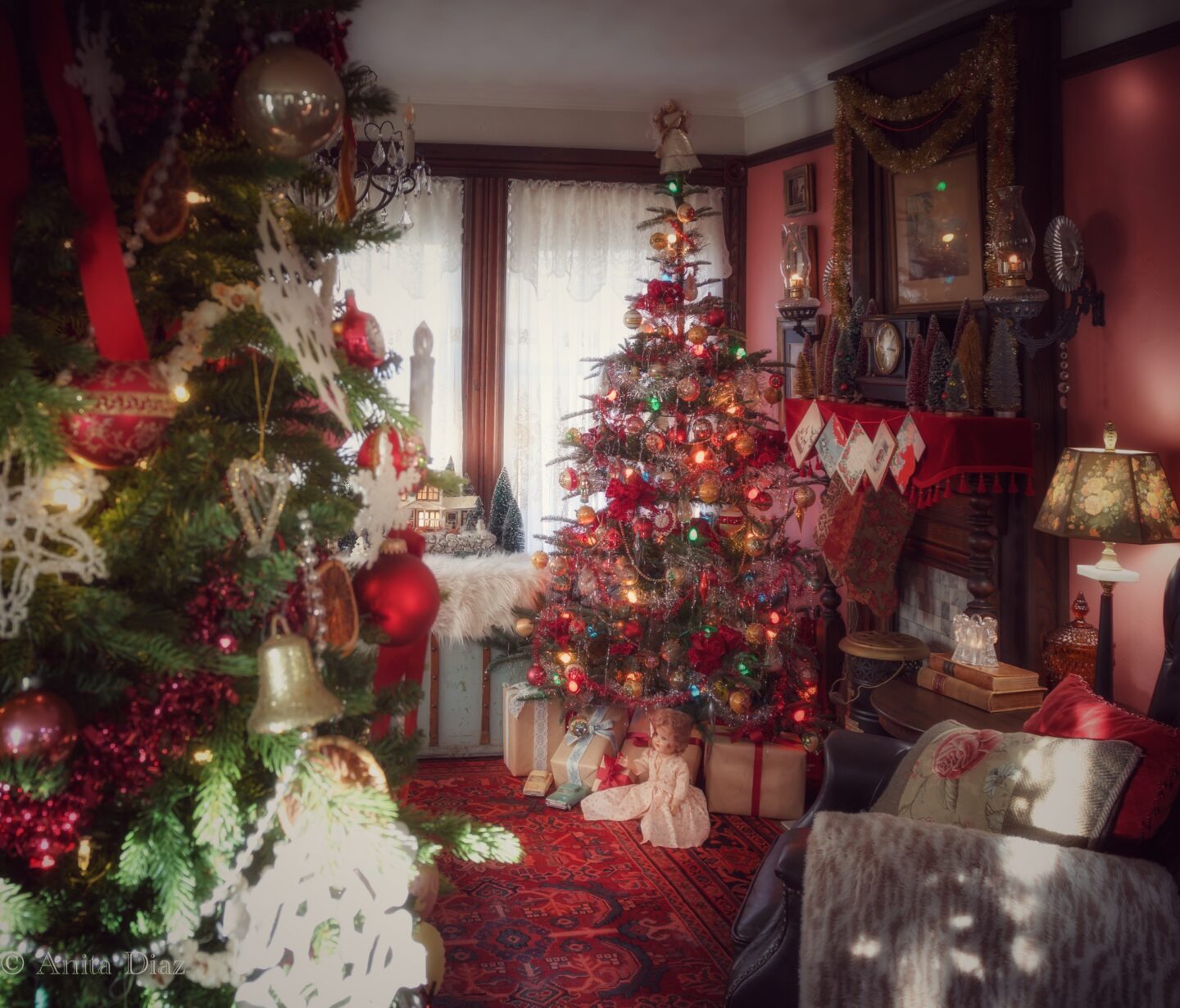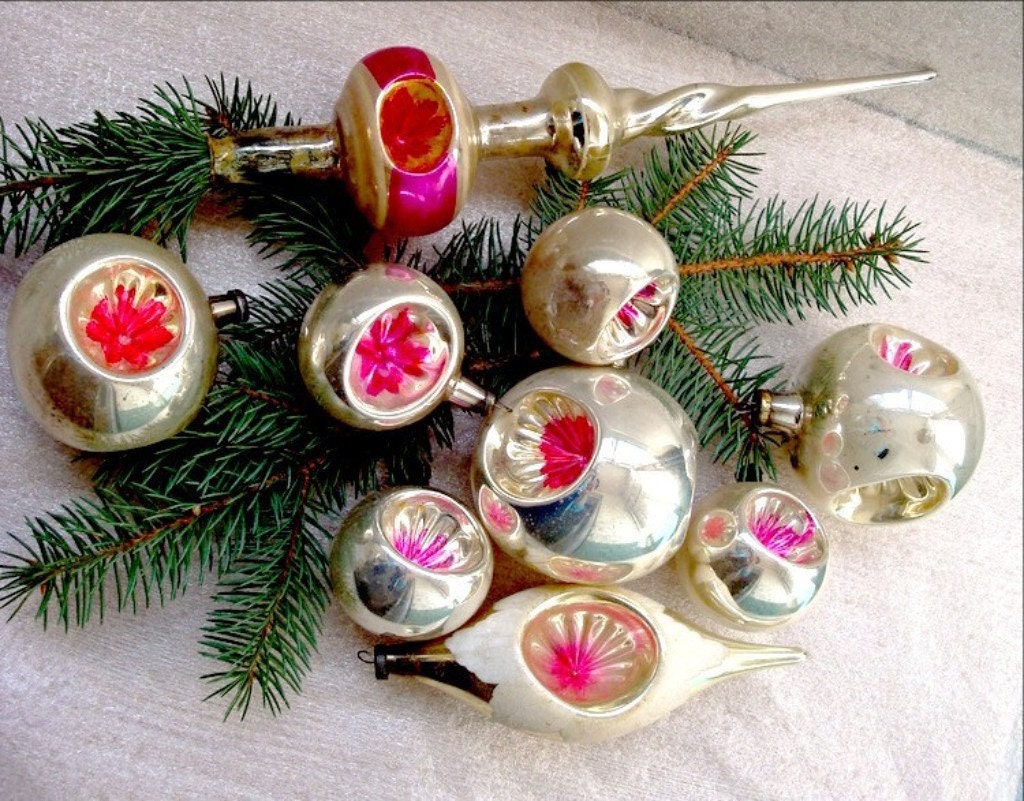Christmas decorations from the 1930s evoke a unique sense of nostalgia and warmth. The aesthetics, creativity, and resourcefulness of that decade continue to inspire holiday celebrations today.
The Historical Context of 1930s Christmas Decorations
The 1930s were a time of great economic uncertainty due to the Great Depression. However, this adversity fostered a spirit of creativity and innovation in holiday decorations. Families sought to bring joy and warmth into their homes, often using materials they could find around them.
The Rise of DIY Decorations
During this era, many families turned to DIY decorations, crafting festive items from everyday materials. This trend not only saved money but also added a personal touch to holiday decor.
Materials Commonly Used in the 1930s
- Paper: Crepe paper and cardstock were popular for making garlands and ornaments.
- Glass: Many ornaments were hand-blown glass creations, often shimmering in vibrant colors.
- Wood: Small wooden figurines and decorations became a staple in festive displays.
Popular Christmas Decorations of the 1930s
Christmas Trees
Christmas trees in the 1930s were adorned with a mix of handmade and store-bought decorations. The trend of using tinsel and glass ornaments became more widespread during this time.
- Tinsel: Thin strips of shiny metallic material used to drape trees.
- Homemade Ornaments: Families created their own ornaments using materials like paper, fabric, and wood.
Garlands and Wreaths
Garlands were crafted from paper, popcorn, or cranberries, while wreaths were often made from evergreens and decorated with bows.
Table Decorations
Table settings included simple but elegant decorations. Often, families would use vintage plates and glassware passed down through generations, enhancing the nostalgic feel of the table.

DIY Projects: Create Your Own 1930s Christmas Decor
Handmade Ornaments
Creating your own ornaments is a wonderful way to immerse yourself in the spirit of the 1930s. Here’s a simple DIY project:
Materials Needed
- Cardstock
- Scissors
- Glue
- Twine or string
Instructions
- Cut shapes from cardstock (stars, circles, etc.).
- Decorate the shapes with glitter, markers, or paint.
- Punch a hole at the top and thread twine through for hanging.
Creating a Paper Garland
Another simple project is making a crepe paper garland.
Step-by-Step Guide
- Cut strips of crepe paper into desired lengths.
- Twist the strips together to create a fun, colorful garland.
- Hang it around your tree or across a mantelpiece.

Comparison Table of 1930s Christmas Decor Styles
| Decoration Type | Material | DIY Potential | Cost in 1930s |
|---|---|---|---|
| Ornaments | Glass, Paper | High | Affordable |
| Tinsel | Metal | Low | Moderate |
| Garlands | Paper, Popcorn | High | Very Low |
| Wreaths | Evergreens | Moderate | Low |
Pros and Cons of 1930s Christmas Decorations
Pros
- Unique and charming aesthetics.
- Encourages creativity and personalization.
- Often eco-friendly and budget-friendly.

Cons
- Can be time-consuming to create handmade items.
- May lack the durability of modern decorations.
How to Incorporate 1930s Decorations into Modern Celebrations
Integrating 1930s styling into modern Christmas celebrations can create a warm, nostalgic atmosphere. Here are some tips:
- Use a mix of vintage and modern decorations to create a layered look.
- Incorporate handmade items into your décor, such as DIY ornaments.
- Choose a color palette reminiscent of the 1930s, like pastels or rich jewel tones.

Frequently Asked Questions (FAQs)
What were the popular colors for 1930s Christmas decorations?
The palette often included soft pastels, deep reds, and rich greens, reflecting the era’s aesthetic.
How can I find authentic 1930s Christmas decorations?
Look for vintage shops, estate sales, and online marketplaces like eBay or Etsy for authentic pieces.

Are 1930s decorations suitable for a modern holiday party?
Absolutely! Mixing vintage and contemporary styles can create a charming and inviting atmosphere.
What materials are best for DIY 1930s decorations?
Paper, fabric, wood, and glass are excellent materials for creating authentic 1930s-style decorations.
